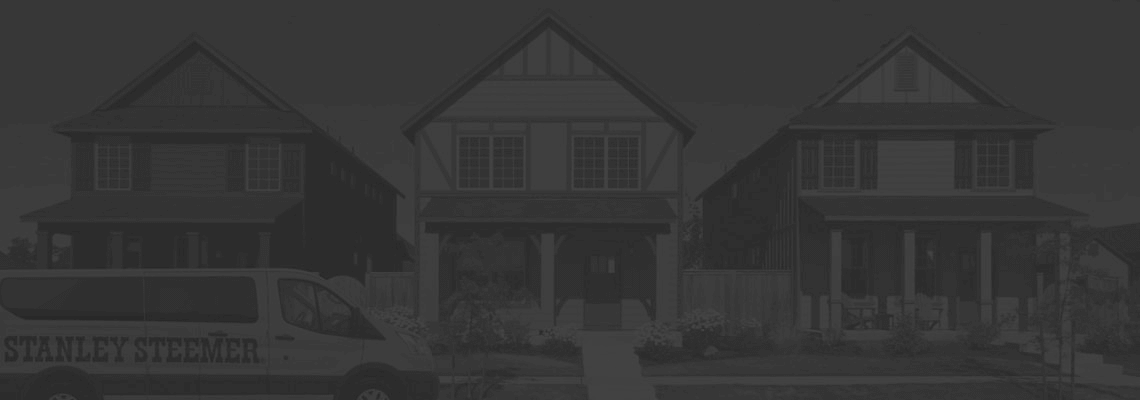Types and Sources of Water Losses
Water Loss: What You Must Know
When evaluating the
types of water damage in an emergency water removal situation, it helps to know that water losses fall into three categories. Once these categories are determined, it is easier to introduce the proper drying
techniques, and it helps to designate what items can and cannot be restored. Here’s some specific information about the three types of water losses.
Category 1:
Category 1 water originates from a sanitary water source and does not pose substantial risk from dermal, ingestion, or inhalation exposure. Examples of Category 1 water sources can include, but are not limited to: broken water supply lines;
tub or sink overflows with no contaminants; appliance malfunctions involving water-supply lines; melting ice or snow; falling rainwater; broken toilet tanks, and toilet bowls that do not contain contaminants or additives.
Category 1 water can deteriorate to Category 2 or 3. Category 1 water that flows into an uncontaminated building does not constitute an immediate change in the category. However, Category 1 water that flows into a contaminated building can constitute an immediate change in the category. Once microorganisms become wet from the water intrusion, depending upon the length of time that they remain wet and temperature, they can begin to grow in numbers and can change the category of the water. Odors can indicate that Category 1 water has deteriorated.
Category 2:
Category 2 water contains significant contamination
and has the potential to cause discomfort or sickness if contacted or consumed by humans. Category 2 water can contain potentially unsafe levels of microorganisms or nutrients for microorganisms, as well as other organic or inorganic matter (chemical
or biological). Examples of Category 2 water can include, but are not limited to: discharge from dishwashers or washing machines; overflows from washing machines; overflows from toilet bowls on the room side of the trap with some urine but no feces;
seepage due to hydrostatic pressure; broken aquariums, and punctured water beds.
Category 2 water can deteriorate to Category 3. Once microorganisms become wet from the water intrusion, depending on the length of time that they remain wet and the temperature, they can begin to grow in numbers and can change the category of the water.
Category 3:
Category 3 water is grossly contaminated and can contain pathogenic, toxigenic, or other harmful agents, and can cause significant adverse reactions to humans if contacted or consumed. Examples of Category 3 water can include but are not limited
to: sewage, waste line backflows that originate from beyond any trap regardless of visible content or color; all forms of flooding from seawater; rising water from rivers or streams; and other contaminated water entering or affecting the indoor environment,
such as wind-driven rain from hurricanes, tropical storms, or other weather-related events. Category 3 water can carry trace levels of regulated or hazardous materials (e.g., pesticides, or toxic organic substances).
